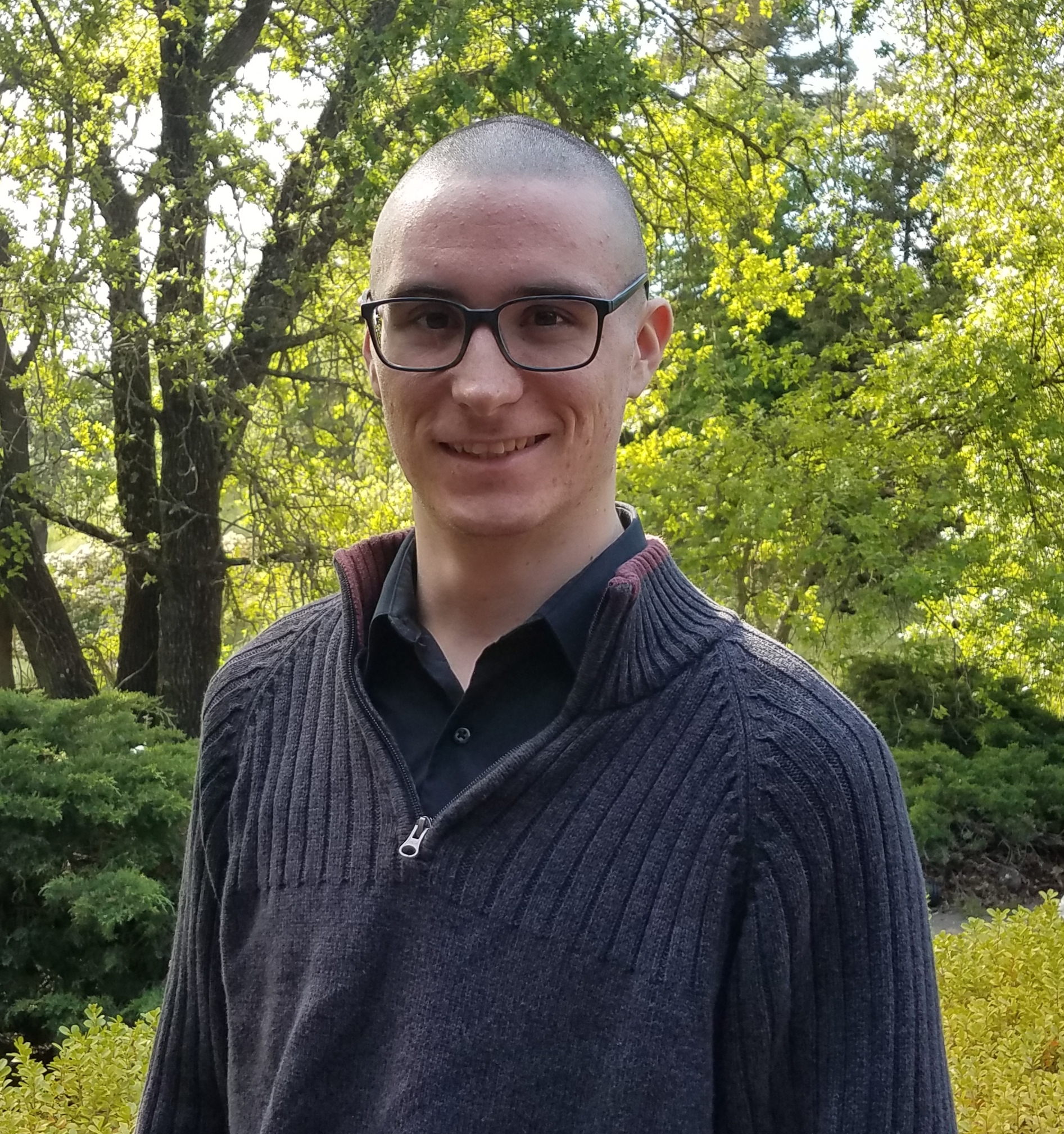
Host Mentor: Dr. Charles Chan
Stanford Institute for Stem Cell Biology and Regenerative Medicine
The essence of a cell’s identity and function lies in its transcriptomic landscape, including the variety of protein isoforms that arise from alternative splicing (AS). Of all protein-coding genes in the human genome, greater than 90% undergo post-translational AS, giving rise to many unique isoforms from a single gene. Through rearrangement of functional domains prior to translation, AS allows a single gene to encode a variety of proteins that may function in varying degrees of similarity or differ entirely in their activity. Recent advances in our understanding of the human skeletal stem cell (hSSC) and its niche have demonstrated the need to examine AS as it relates to development, aging, loss of skeletal regenerative capacity and skewing of hSSCs towards non-skeletogenic lineage fates. Moreover, mounting evidence that the progression of osteosarcoma corresponds with aberrations in the AS machinery, producing cellular phenotypes that result in malignant tumors of the bone. In the present study, we aimed to characterize the relationship between AS and maintenance of hSSCs and their niche. We evaluated the expression profile of aged versus young SSC’s using GEXC microarray data and found differences in the expression of critical AS machinery in young versus aged human and mouse SSCs. We developed an RNA-sequencing analytical pipeline to discover key RNA-binding proteins (RBPs) involved in alternative splicing of osteogenesis-related pathways and found two RBPs that are expressed during osteogenesis. Interference of these RBPs by siRNA reduced the capacity for hSSCs to differentiate into osteoblasts and prevented formation of bone. Similarly, inhibition of spliceosome complex SF3b prevented osteoblast differentiation in both young and aged hSSCs. Using osteosarcoma cell lines U2OS and SAOS2 we found that inhibition of SF3b also reduces resistance to methotrexate, a gold-standard chemotherapeutic. These findings reveal a promising lead to understanding the elements of skeletal aging and potential treatment for intractable cancers such as osteosarcoma.